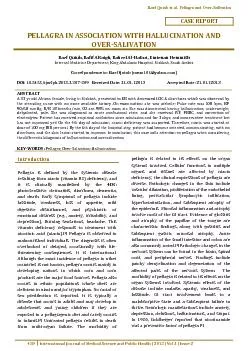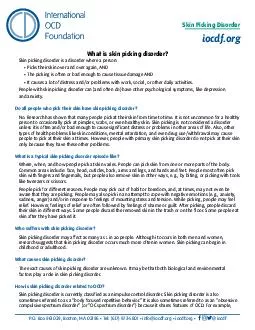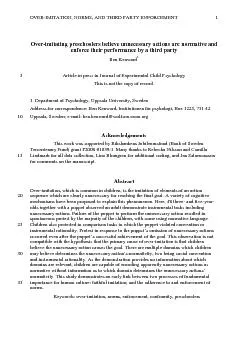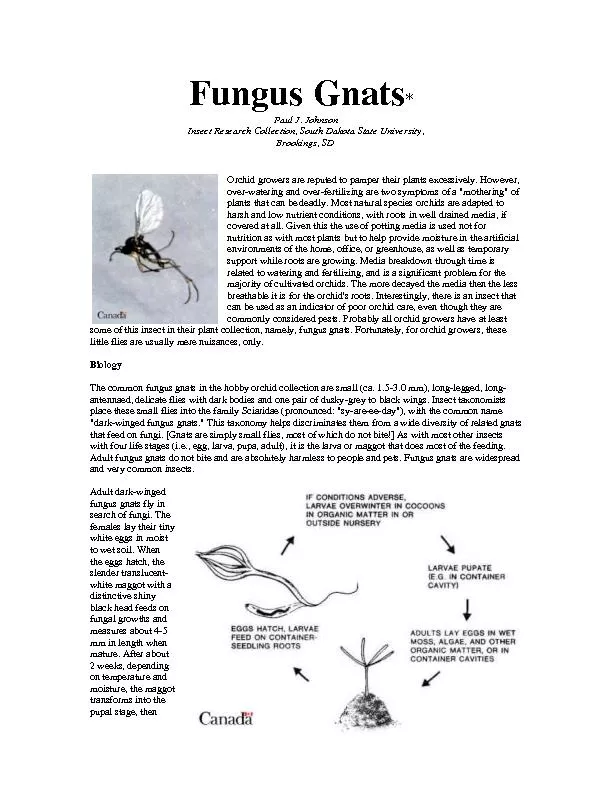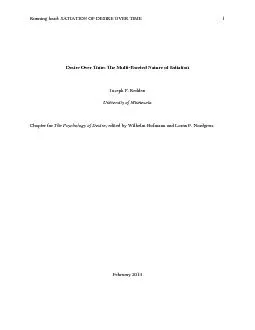PDF-Pellagra and Over
Author : min-jolicoeur | Published Date : 2015-10-15
Raef Qutub et al Salivation 459 International Journal of Medical Science and Public Health 2013 Vol 2 Issue 2 CASE REPORT PELLAGRA IN ASSOCIATION WITH HALLUCINATION
Presentation Embed Code
Download Presentation
Download Presentation The PPT/PDF document "Pellagra and Over" is the property of its rightful owner. Permission is granted to download and print the materials on this website for personal, non-commercial use only, and to display it on your personal computer provided you do not modify the materials and that you retain all copyright notices contained in the materials. By downloading content from our website, you accept the terms of this agreement.
Pellagra and Over: Transcript
Download Rules Of Document
"Pellagra and Over"The content belongs to its owner. You may download and print it for personal use, without modification, and keep all copyright notices. By downloading, you agree to these terms.
Related Documents

